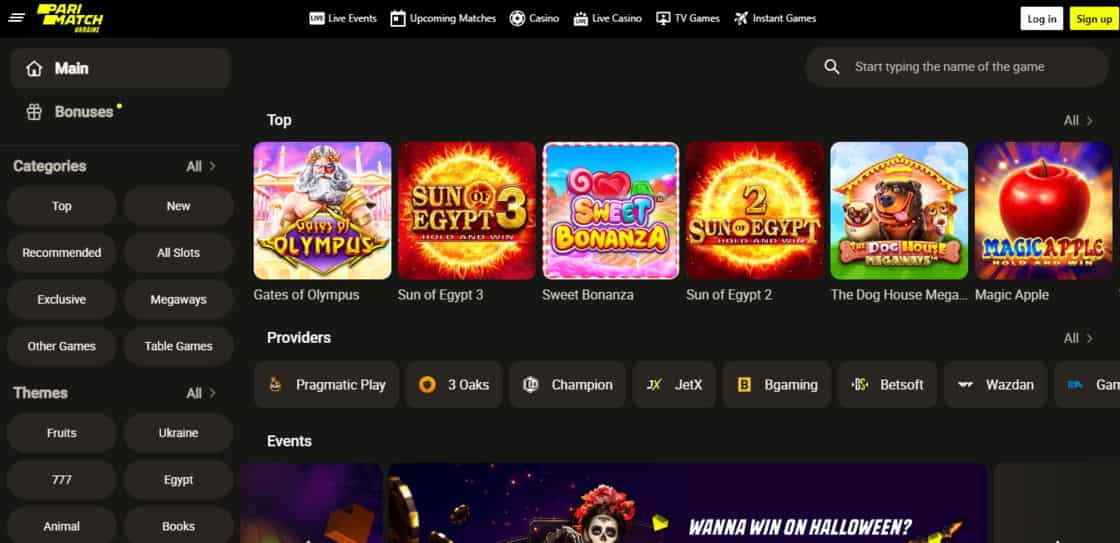Randomness That Respects Players – A Mobile UX Guide For Odds, Spins, And Choices

Mobile games and tool apps now borrow “chance” screens that promise quick fun or quick rewards. When those screens feel clear, people relax and stay. When they feel pushy, trust drops, support fills up, and ratings sink. The fix isn’t fancy math. It’s plain language, gentle pace, and layouts that show guardrails up front. This guide gives app teams and indie makers a simple way to teach odds, label resets, and keep exits close. It also helps careful users read these screens with a cool head. Follow the steps, keep the tone calm, and your app will feel fair – even on a busy night when a phone is warm, hands are tired, and time is short.
Teach Odds Without Jargon
Start with the words. People meet chance through labels first, numbers second. Replace vague copy with direct terms that match what the screen does: “Even,” “Odd,” “High,” “Low,” “Red,” “Black,” “Dozen.” Keep one label per action so fingers never guess. Put the house rules where the eyes land – rollover, caps, and time windows on the same panel as the start button. Timers should explain the “why,” not just blink. If a curve climbs and then resets, say so in one line. Add a small “how to leave” note on that very screen – no hunted taps. A clear head needs clear paths, and clear paths start with one-syllable words that hold up on a five-inch display.
When writers need a quick reference for how classic chance labels are laid out, point them to this website as a reading sample – use it to study naming and board structure, then return to your own copy deck. Treat that link as a map for language, not a cue to play. The aim is literacy: learn how “even chance” groups work, how outside bets are named, and how contrasts (red/black, high/low) guide a finger. Once terms feel steady, build your UI with the same calm voice. Readers sense care when names match actions and when exits sit in sight. That sense of care is the start of trust, and trust keeps good users around.
Design Screens That Keep Control With The Player
Layouts should breathe. Keep one action per region, with space for a thumb and space for a pause. Use a steady frame rate over a flashy one – rhythm beats speed when hands are tired. If a round has three parts – choose, confirm, resolve – reflect that with three quiet steps and progress dots, not a pile of icons. Place the “close” control at the edge that thumbs already reach, and keep the wording plain – “Close,” “Back,” “Exit.” Swap hype colors for a limited palette; use color to code meaning, not to push heat. If you show a timer, pair it with a small “what happens after time runs out” line so users never feel trapped. The best UX here feels calm – eyes see, hands decide, and nothing shouts.
A Single Checklist For Safer Chance Mechanics
Before a feature goes live, run this list once. It catches the snags that cause angry reviews and rushed taps. Keep the pass human – one seat, one phone, one quiet minute – and fix what fails.
- Labels match actions in one tap – no hidden modes behind long-press.
- Terms in view – cap, window, and exit live on the same screen as “Start.”
- Reset text present – if a curve or count resets, the line says how and when.
- Delay paths shown – KYC or checks are “day tasks,” never mid-round hurdles.
- Proof easy – one screenshot captures the rules a support agent will need.
Measure What Matters – Signals That Build Trust
Numbers that help here are simple. Watch how often people back out in the first ten seconds – a rising rate means the screen feels pushy. Track how many support tickets ask “where is the exit” – even a few per week means the design hides the door. Read heat maps for mis-taps near the timer – heavy clusters there mean color or shape suggests control that isn’t there. Keep an eye on session length around chance screens – sharp spikes after you add a blinking cue often signal rush, not joy. Then test the fixes: calmer colors, clearer labels, and one fewer step. The loop is plain – remove pressure, reduce confusion, raise trust. Games thrive when the person feels in charge. So do tool apps that use chance to gate perks.
Before You Ship – A Simple Wrap-Up
Run one last human pass on a real phone at night – the time users feel most tired. Read every word aloud. If a line sounds like a dare, rewrite it. If the exit sits far from the start, move it. If a timer blinks without saying what follows, add the line. Keep one neutral link in your spec for language research – the earlier this website note is fine during build – then strip it from public copy, so the app keeps focus. Ship with a short help page inside the feature, a calm tone in alerts, and a rule in the team: changes to odds text ship with screenshots of the full panel. Do this and your chance screens will feel fair, your users will feel seen, and your ratings will tell that story – steady, warm, and earned.